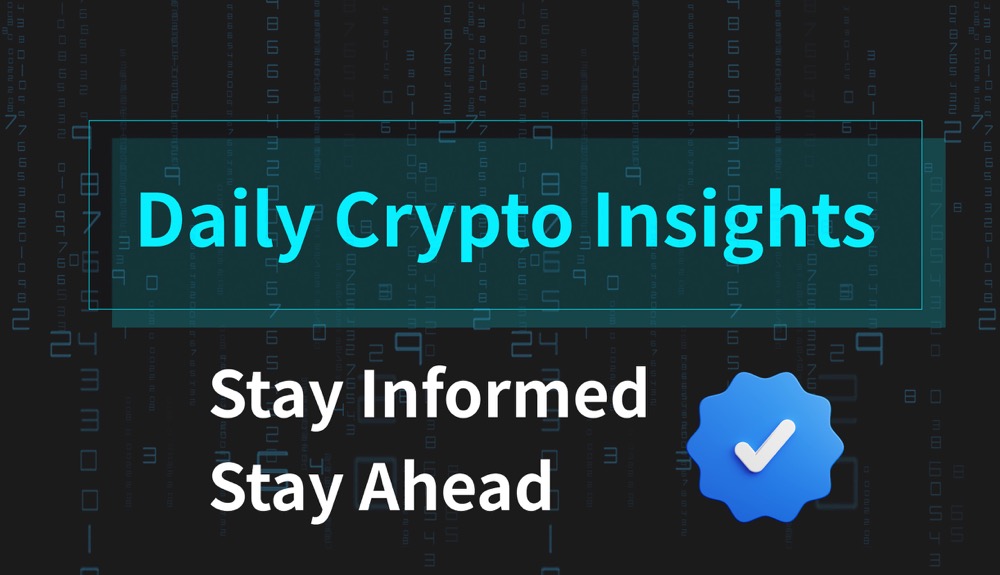Tokenized U.S. Treasurys Surpass $600M as Crypto Investors Capture TradFi Yield
Crypto investors now effectively lend $614 million to the U.S. government via different tokenized Treasury products, according to real-world asset data firm RWA.xyz.

The market value of blockchain-based investment products that wrap U.S. Treasury bills, bonds and money market funds into a form of a token total $614 million, according to real-world asset data firm ’s .
for tokenized Treasurys among digital asset investors has been steadily growing as the yield on U.S. government bonds, widely considered as a risk-free interest rate, surpassed yields in decentralized finance ().
DeFi yields plummeted as demand for borrowing and leverage collapsed during the crypto market downturn. Meanwhile, bond yields in traditional finance (TradFi) rose significantly as the Federal Reserve Bank jacked up interest rates to the highest level since to combat rampant inflation.
This year, a slew of new entrants such as OpenEden, Ondo Finance and Maple Finance released blockchain-based Treasury products targeting sophisticated investors, digital asset firms and decentralized autonomous organizations.
“The entire macroeconomic backdrop has shifted,” Jack Chong, guest researcher at , noted in a . “This naturally attracts investors to shift their exposure from crypto assets into US Treasuries.”
of real-world assets has become one of crypto’s hottest trends and could reach $5 trillion market value over the next five years, wealth management firm Bernstein in a research last month.
Edited by James Rubin.
Disclaimer: The content of this article solely reflects the author's opinion and does not represent the platform in any capacity. This article is not intended to serve as a reference for making investment decisions.
You may also like
FHE is live! Bullish or bearish? Join to share 24,000 FHE!

BABY is live! Bullish or bearish? Join to share 24,000 BABY!


VIPBitget VIP Weekly Research Insights
The unique value of Proof-of-Work (PoW) tokens lies in their mining mechanism and regulatory positioning. Research shows that mining costs are a defining feature of PoW tokens, involving significant investment in hardware and electricity. When market prices approach miners' breakeven points, miners tend to hold onto their coins in anticipation of future appreciation. This behavior reduces circulating supply, shifts the supply-demand balance, and may contribute to price increases. Regulatory clarity is also critical to the investment appeal of PoW tokens. Both BTC and LTC are classified as commodities by the U.S. SEC rather than securities, which simplifies the ETF approval process. In January 2024, the approval of the BTC spot ETF triggered significant institutional inflows. LTC is currently undergoing the ETF application process. While DOGE and KAS have not yet received formal classification, their PoW nature may position them for similar treatment. Together, these factors enhance market liquidity and attract more institutional investors.

